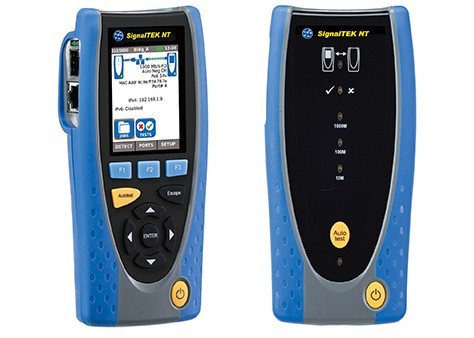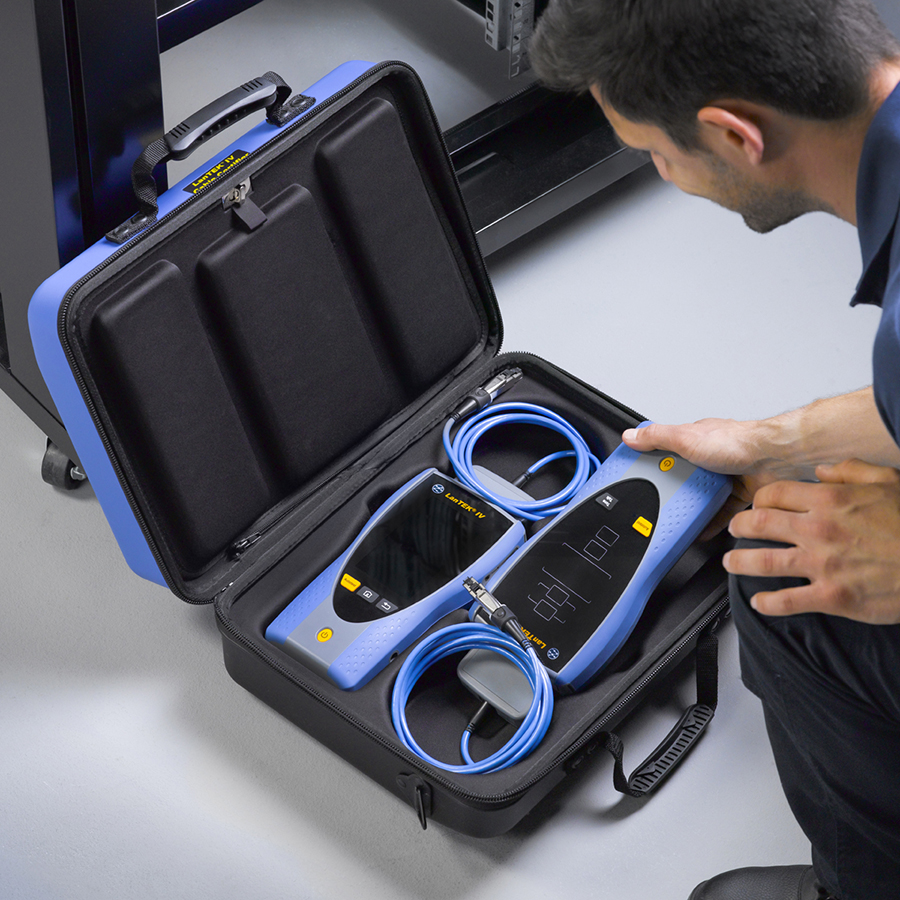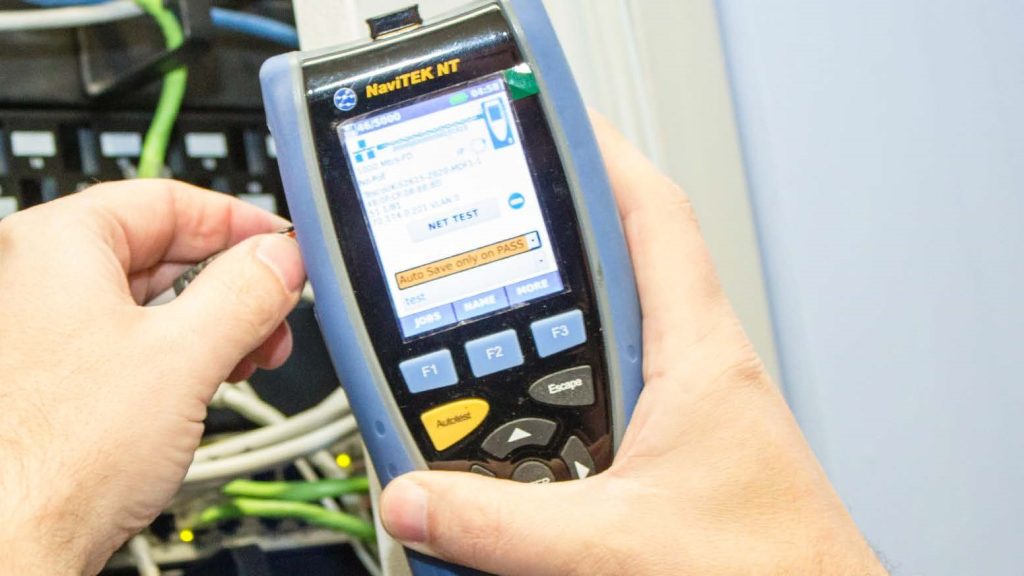Large-scale Wireless Access Point Installation Time Reduced by 60 Hours With IDEAL Networks Tester
As a test equipment manufacturer, perhaps the most frequently asked question regarding testing of fiber optic cabling is “How much loss am I allowed to have”? Unfortunately, the answer is “it depends”. So what does it depend on?
The answer to that question depends on who is doing the testing and in what phase of a project is the cabling being tested. Most of our customers are installation contractors who are paid to install, terminate and certify the cabling and they have no idea what the client plans to run on the cabling once the job is done. Unless their plans have specifications for acceptable attenuation (insertion loss) it is up to the installer to determine the correct value based on the specifics of each link being tested. If the application the client plans to run on the system, 10 gigabit Ethernet for example, the installer can refer to the standards for that application to determine acceptable loss.
Lastly, if the make and model of the network equipment is known, the specifications for those devices can be used to calculate acceptable insertion loss for the system. Rarely the cabling contractor is aware of the equipment that is going to be used, so this method is usually left to the network equipment integrator or end-user.
In short, there are three primary methods that can be used to determine acceptable loss in fiber optic cabling.
- Loss budget calculations based in the specifics of the installed cabling, regardless of the application or equipment.
- Loss limits based on specific applications, typically a variation of Ethernet.
- Loss budget calculations based on the actual networking equipment that will be operating on the installed cabling.
We’ll look at each of these situations in detail so that you can determine the limits for acceptable attenuation/insertion loss in any situation.
Cabling based loss budgets
Most cabling installers will use this method for determining the amount of loss that is acceptable for certification of the cabling following installation. Using an optical power meter and light source or OLTS (Optical Loss Test Set), Tier 1 Certification can be performed against industry standard limits for cable and connectors. Both the TIA and ISO cabling standards list the acceptable loss limits for fiber optic components and these values can be used to calculate a loss budget. The upside is that the installer needs to have no knowledge about the operational network to calculate the loss budget. The downside is that a loss budget needs to be calculated for each fiber cable – not fiber strands within a cable, but for each cable between two points.
The TIA-568.3-D (2016) standard lists the following transmission performance parameters for optical fiber.
Calculating the loss budget for cabling using the table above is very straightforward. To make the process easier, some IDEAL Networks testers like the LanTEK III with FiberTEK III modules have built-in loss budget calculators that allow the user to enter the variables and automatically determine the loss limit.
Take an example of a simple 90-meter horizontal multimode cable link with a patch panel at one side and a work area outlet at the other.
The above calculations tell the installer what the pass/fail limit in the tester needs to be set to in order to certify each of the links to TIA cabling standards.
Using application specific limits
The easiest way to determine a loss budget is when the application that the fiber will support is known. In these cases it’s simply a matter of looking up the requirements for each application.
There are many available resources that list various requirements for different applications. Below is an excerpt from the TIA-568.0-D standard that lists requirements for a few common Ethernet applications.
The yellow section above highlights the requirements for 1000BASE-SX Ethernet (1Gb/s short wavelength). The maximum channel attenuation and maximum lengths are listed for each type of supported fiber. In this case, for OM1 62.5/125 fiber the maximum allowed loss is 2.6dB and the maximum supported distance is 275 meters.
When using OM2 50/125 fiber the loss and distance are increased to 3.6dB and 550 meters respectively.
These charts make easy work of determining loss budgets as long as the application that will be running over the fiber is known.
Fortunately some fiber certifiers such as the LanTEK III/FiberTEK III incorporate a database with these values so the user needs to simply choose the appropriate standard and the pass/fail limits are set automatically.
Calculating loss budgets for networking equipment
Lastly, when the networking equipment that will be running over the fiber is know, the requirements of that gear can be used to determine the loss budget. Each piece of optical networking equipment, even SFP/GBIC modules will have specifications for output power and receiver sensitivity. These specifications tell the user exactly how much loss the equipment can sustain and still operate properly.
Transmitter output specifies how “bright” the light is that is emitted from the transmitter port. The specification will be in dBm (not dB). A typical device may have an output power of -20dBm. Don’t let the negative confuse you, it doesn’t mean negative power. 0dBm is a reference to 1mW (miliwatt) of power, and a negative dBm value simply means less than 1mW.
Note: dBm is an amount of power. dB is a change in power from one level to another.
A receiver usually has two specifications, Receiver Sensitivity and Dynamic Range. Receiver Sensitivity is the weakest (darkest) signal the receiver can detect and the Dynamic Range is how much brighter than the Sensitivity specification the light can be without blinding the receiver. For example, a receiver with a Sensitivity of -30dBm and a Dynamic Range of 20dB can detect light within a range of -10 to -30dBm.
The diagram below should help visualize the scenario.
For a full list our fiber testers please click here.






